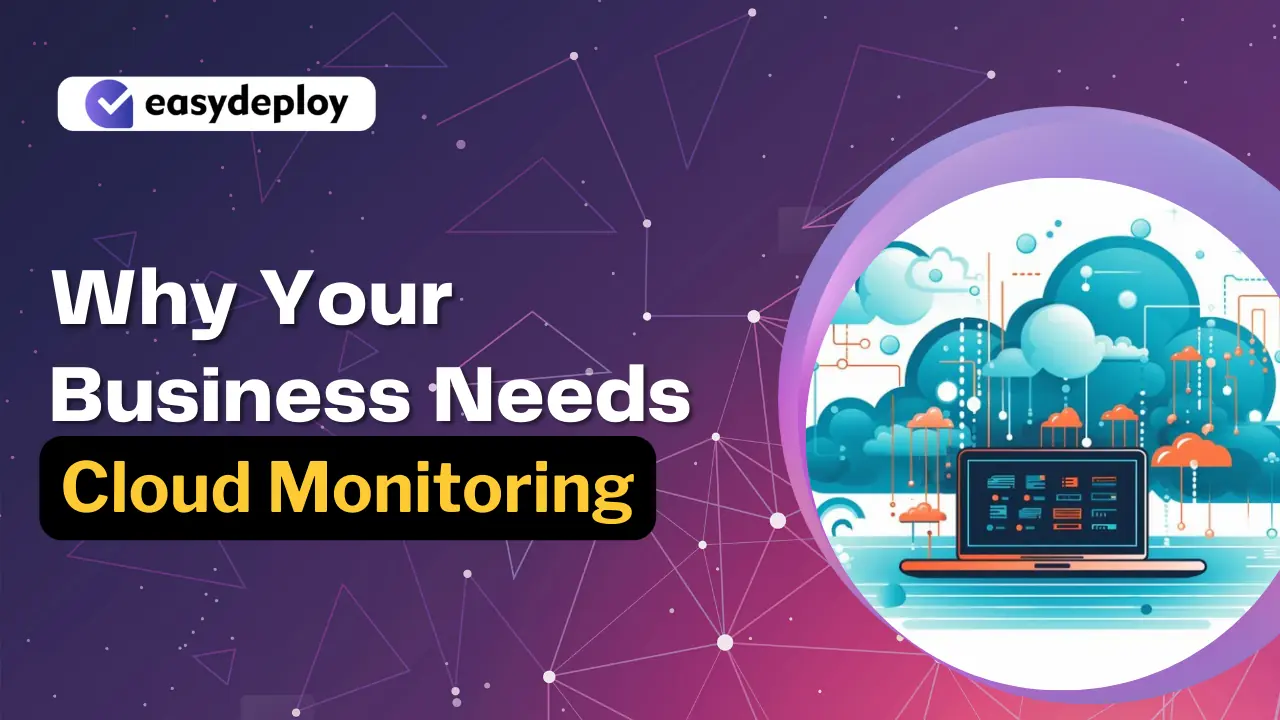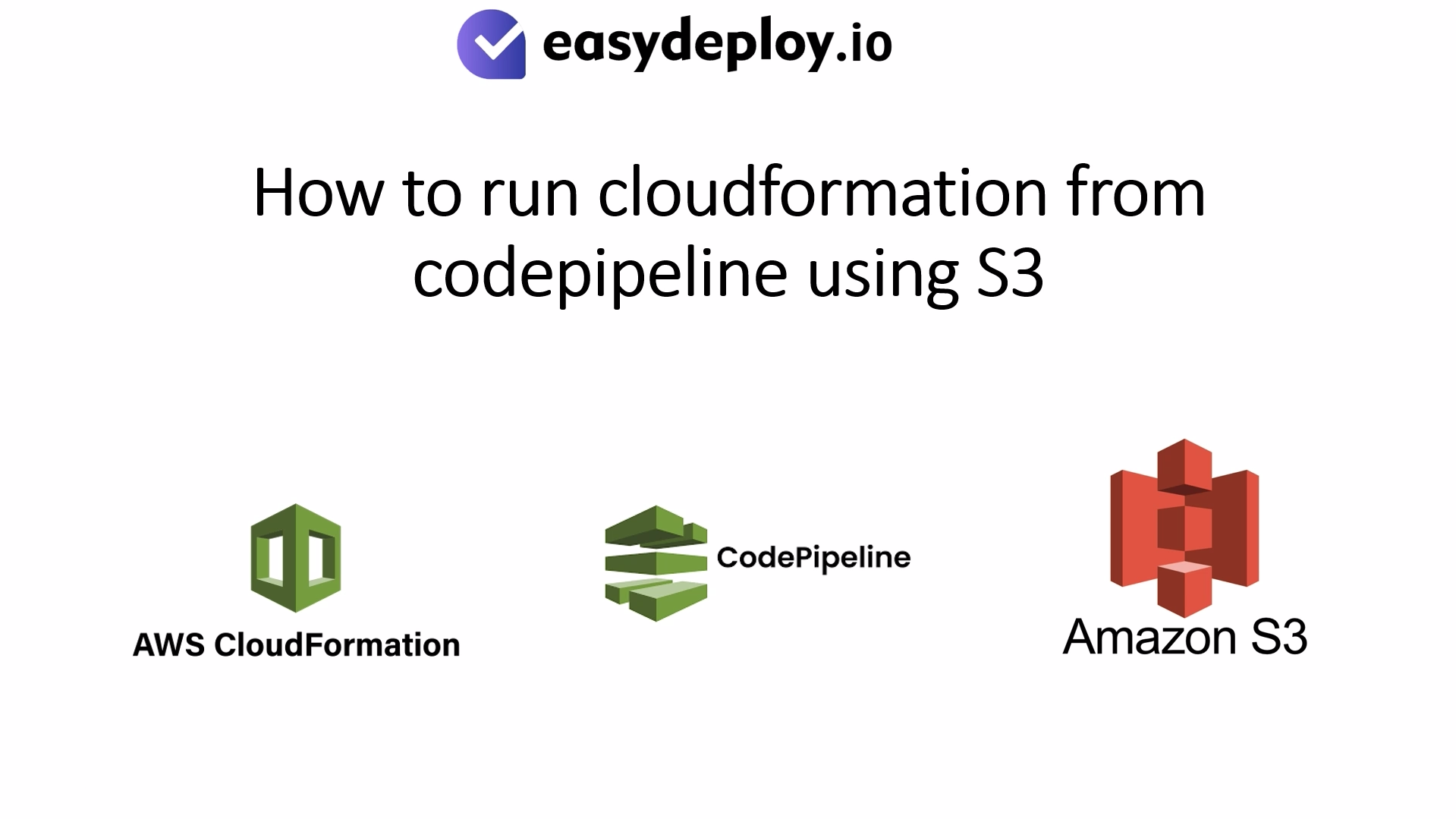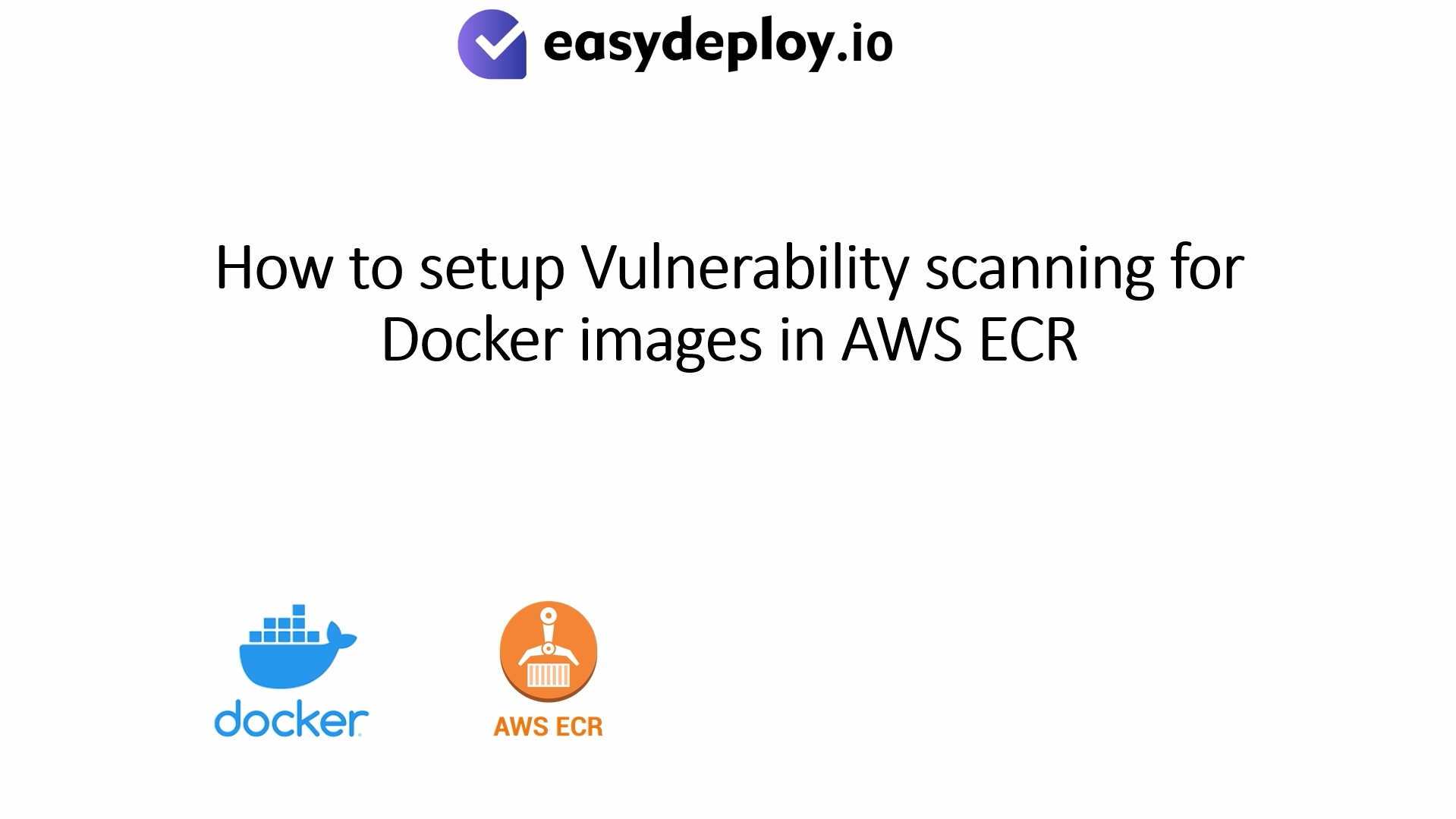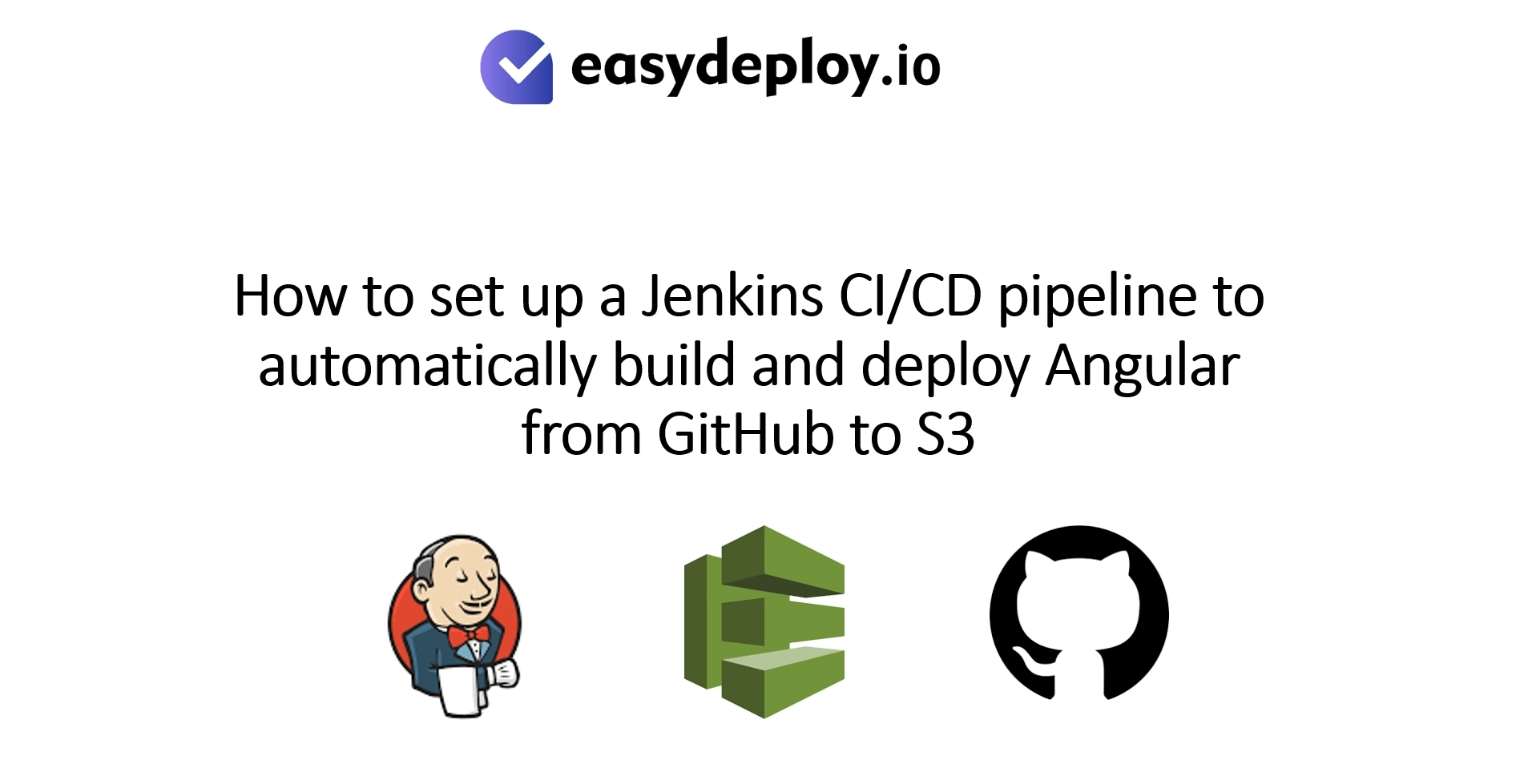Businesses have moved away from the era of relying on on-premises data centers for their workloads. As more organizations adopt distributed services, traditional monitoring tools designed for older, monolithic application architectures have become a significant challenge for IT teams. Nowadays, businesses are increasingly turning to modern cloud monitoring technologies to cut costs, boost productivity, enhance profitability, and discover effective ways to monitor their resources.
According to a Gartner report, a striking 80% of the companies they surveyed either lacked awareness or had significant gaps in Cloud Performance Monitoring. This raises a crucial question: How can one effectively oversee cloud operations and avoid associated risks?
Here cloud monitoring services come into play. In an increasingly cloud-driven business landscape, cloud monitoring stands out as a vital necessity. It enables companies to maintain a continuous evaluation of critical metrics within their cloud-based systems and facilitates automation.
In this blog post, we will look at how cloud monitoring works, its best practices, benefits, and so on. Without further ado, let’s jump in!
What is Cloud Monitoring?
Cloud Performance monitoring is the continuous practice of using various tools and processes to keep a close eye on cloud resources. Its primary focus is on ensuring a smooth workflow, particularly from a security standpoint.
With the ever-expanding cloud infrastructure and the storage of critical client information in the cloud, cloud monitoring service plays a crucial role in preventing the loss of vital business data and alleviating client frustration.
It achieves this by actively safeguarding personal and confidential data, effectively becoming an ace up an organization’s sleeve. This strategic advantage allows businesses to strike a balance between harnessing the benefits of cloud services while effectively reducing risks.
Which cloud service providers need Cloud Monitoring Service?
Based on the cloud service providers, cloud monitoring generates various results. It is essential to keep an eye on all the services you use. Organizations use different kinds of cloud services, like:
- Software as a service (SaaS) such as Google Workspace, Microsoft 365, or Salesforce.
- Infrastructure as a service (IaaS), such as AWS, Google Cloud Platform, or Microsoft Azure.
- Platform as a service (PaaS), like managed web application firewalls, container services, API gateways, or DNS.
- Functions as a service (FaaS), including AWS Lambda or Google Cloud Functions.
- Database as a service (DBaaS), such as Oracle Cloud, Azure Synapse, or Snowflake.
Each of these services provides different information when you’re monitoring them.
Platforms used for cloud monitoring
Here are some platforms commonly used for cloud monitoring:
AWS offers a comprehensive suite of cloud services, including Infrastructure as a Service (IaaS), Platform as a Service (PaaS), and Data as a Service (DaaS). AWS monitoring is a vital practice for organizations to ensure the security and performance of their AWS resources and data. It involves using various monitoring tools to collect, analyze, and visualize data insights. Analysts leverage these insights to identify issues, and vulnerabilities, and optimize configurations.
Google Cloud Monitoring encompasses practices such as collecting real-time metrics data from hybrid and multi-cloud environments, visualizing data insights through dashboards and charts, and generating alerts. It is easily integrated with incident management tools like Slack and PagerDuty, making it a versatile platform for monitoring.
Microsoft Azure allows organizations to collect, analyze, and take action on data from their Azure portal. Azure monitoring plays a crucial role in helping organizations maximize the performance visibility and availability of their applications while reducing the manual workload for their teams.
These platforms provide essential tools and capabilities for monitoring cloud environments, ensuring the efficient and secure operation of cloud-based services.
Cloud Monitoring Tools
There are various Cloud monitoring tools available that offer comprehensive insights into your cloud infrastructure, applications, and website performance. These tools vary in their scope, with some offering a single perspective of monitoring while others provide a holistic view of all critical performance indicators, metrics, logs, traces, and more. Here is a selection of monitoring tools:
- Amazon CloudWatch
- Oracle Application Performance Monitoring
- Graphite
- Azure Monitor
- Google Operations
- CloudMonix
- Sematext Cloud
- Dynatrace
These tools can play a crucial role in maintaining the health and performance of your cloud-based resources.
Cloud monitoring strategies
A successful cloud monitoring strategy doesn’t just resolve issues; it also shines a light on what’s working well, ensuring that attention is directed toward areas in need of improvement. Greater visibility and a data-driven approach offer several advantages:
- Improved Performance: Raw metrics and well-organized infographics can provide a more precise understanding of a system’s performance, especially in high-demand environments. Understanding resource utilization and how application demands affect system strain enables companies to optimize their resource allocations effectively.
- Enhanced Cohesion: monitoring tools often consolidate readable data and charts into a unified location. This eliminates the previous separation of data between different units, providing valuable insights to all teams through a single dataset.
- Comprehensive Understanding: Having visibility into the unique architecture of a framework helps teams understand how its components are structured. This information simplifies ecosystem navigation during management tasks.
- Enhanced Security: User activity logs assist administrators in tightening security against unauthorized access. Teams can gauge the impact of network traffic to assess the potential severity of a DDoS attack. Additionally, automated scans of records and resources help mitigate the risk of malware or other security threats gaining a foothold.
A cloud performance monitoring process derives its benefits from the concept of virtualization to address critical challenges such as latency issues and more. Since most cloud functions operate as software within a virtual environment, monitoring, application management, resource monitoring, and security, naturally become an integral part of this environment.
What are the benefits of Cloud Monitoring?
The adoption of monitoring service is integral to achieving observability in the realm of modern IT. Observability is the practice of making a system’s outputs to grasp its inner workings, especially crucial for knowing the health of widely dispersed applications.
Since many businesses use the cloud for their work, keeping an eye on it is important. This is called cloud monitoring, and it’s super useful for businesses. It mainly looks at numbers and records, and it helps in the following ways:
- Cloud Cost Optimization: Through vigilant tracking of your cloud usage, you gain insight into resource consumption to achieve Cloud cost optimization. For instance, if monitoring reveals that your cloud-based virtual machines run at peak capacity only during business hours, you can save costs by shutting them down during off-hours.
- Performance Visibility: Cloud monitoring also brings the benefit of a better understanding of how well your online tools are working. Imagine if you notice that your cloud-based apps are running slowly. You can make them work better by giving them more power, like adding a bigger engine to a car, using the information from monitoring.
When you see that the performance improvement stops, looking closely at the numbers and records can help find out why things are getting slower.
- Benchmarking: Monitoring well-performing cloud-based applications facilitates the creation of baseline benchmarks. These benchmarks serve as valuable before-and-after data to help in evaluating infrastructure upgrades or new feature additions.
- Improved Security: Monitoring plays a crucial role in bolstering security. By scrutinizing logs from applications, servers, API gateways, and firewalls, monitoring systems can promptly alert you to anomalies, malicious access attempts, or potential DDoS attacks. The insights gathered contribute to overall security risks.
- Scalability: monitoring solution applied to businesses and organizations of all sizes and industries. To accommodate the growth and increased activity of an organization, these solutions must possess scalability capabilities.
- Operational Efficiency: Cloud monitoring solution typically come equipped with pre-established infrastructure and configurations, simplifying the installation process. Moreover, they include dedicated tools and hardware managed by the host, alleviating your team from time-consuming maintenance tasks.
Furthermore, in cloud monitoring, resources operate independently of your organization’s servers and workstations. This isolation ensures system continuity, even when local disruptions occur and impact your organization.
Finally, these cloud monitoring tools extend their utility to various devices such as computers, smartphones, and tablets. This flexibility empowers your organization to oversee applications from virtually any location with an internet connection.
Best practices for effective monitoring Cloud
Here are eight best practices for effective cloud monitoring:
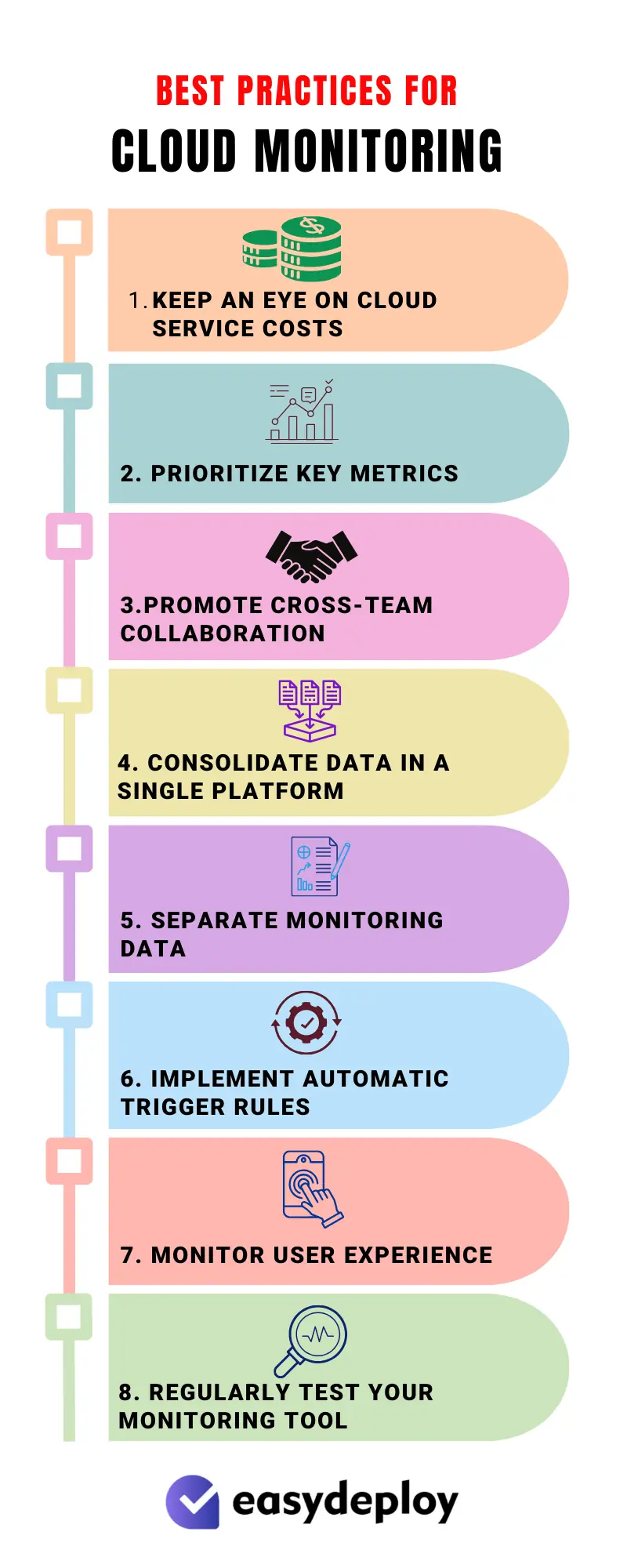
- Keep an Eye on Cloud Service Costs: As you use cloud monitoring services, be mindful of the associated fees. A robust cloud monitoring tool can help you track all expenses tied to your cloud architecture.
- Prioritize Key Metrics: Identify the metrics and thresholds that have the most impact on your business goals. Prioritize monitoring these to avoid drowning in excessive data, which can often be noise.
- Promote Cross-Team Collaboration: Encourage collaboration between different teams to gather insights about what data is important to them, how to visualize it effectively, and how to take action based on it.
- Consolidate Data in a Single Platform: Utilize a solution that consolidates data from various sources into one central location. This ensures a cleaner and more organized approach to metrics and provides a comprehensive view of performance.
- Separate Monitoring Data: While centralizing data is important for easy access, keep your centralized monitoring data separate from proprietary applications for security and reliability.
- Implement Automatic Trigger Rules: Set thresholds to maintain efficiency, allowing the monitoring tool to automatically trigger actions when activity exceeds or falls below specified levels.
- Monitor User Experience: Assess metrics that provide a holistic view of performance, such as usage frequency, task completion times, user error rates, and response times. This helps ensure a positive user experience.
- Regularly Test Your Monitoring Tool: Continuously evaluate the functionality of your cloud monitoring tool, especially in the event of a breach. Regular testing can reveal weaknesses and vulnerabilities, prompting you to improve your alert system standards.
These practices will help you establish a robust and efficient cloud monitoring strategy.
Why Choose Easydeploy for Cloud Monitoring Software?
Easydeploy stands out as a top-tier cloud solution, offering a multitude of benefits for businesses seeking to enhance their productivity. Its versatility extends to improving contact, email, task, and calendar availability, making it an ideal choice for organizations of all sizes.
Here’s why Easydeploy helps in hosting cloud applications:
- Effortless Document Management: Easydeploy streamlines the process of managing, locating, and sharing documents. This efficiency boost is invaluable for businesses of any scale.
- Granular Permission Control: The platform offers robust control over permissions, ensuring that sensitive information is safeguarded while facilitating secure collaboration.
- Anytime, Anywhere Access: With Easydeploy, accessing critical information is not restricted by location or time. This flexibility empowers your team to work seamlessly from anywhere.
Incorporate Easydeploy into your business operations to supercharge productivity and streamline communication and file sharing with the utmost efficiency.
Conclusion
In summary, businesses utilize various metrics and methodologies for cloud Perfomance monitoring to ensure that their systems consistently deliver benchmark-level access and desired outcomes. Just like any other system, the cloud also requires vigilant monitoring to achieve effective and expected results.
If you have inquiries about implementing cloud infrastructure for your business or seek to optimize cloud performance while reducing costs through monitoring tools, don’t hesitate to get in touch with us today.
Easydeploy is here to assist you in addressing your performance and security requirements. We provide cloud monitoring solutions that swiftly manage critical data and workloads, ensuring seamless business operations.
Our managed solutions establish a robust, scalable, and secure development and deployment environment in the cloud.
FAQ
- Why do we need cloud monitoring?
For your applications, you can configure monitoring to track performance like metrics, processes, cost usage, and available storage. It provides data to help you focus on useful features or to fix bugs that disrupt functionality and also cost savings.
2. Which is a feature of cloud monitoring?
Maintain a constant check on your web applications and APIs’ performance through automated script-based tests. Watch for anomalies like regressions, malfunctioning features, elevated response times, and unanticipated status codes.

